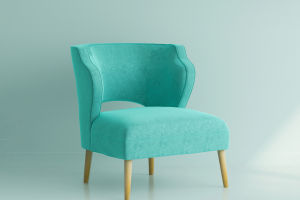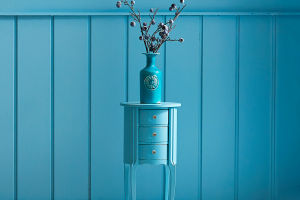In modern life, cups seem to be commonplace items. They can be found everywhere, whether in cafes, offices or homes.
Although the design and use of cups may seem mundane, their history, culture, and design diversity contain rich stories.
Cups are not only tools for us to enjoy drinks but also witness the evolution of human civilization, carrying the profound meaning of cultural exchange and social change.
The history of cups can be traced back thousands of years. As early as the Neolithic Age, people began to make simple containers with clay to hold water or other liquids. Over time, the materials and designs of cups gradually evolved.
Ancient Egyptians often used metal and glass to make exquisite drinking utensils, while in China, the invention and development of porcelain brought new life to cups.
China's tea culture began to prevail during the Tang Dynasty, and tea cups became an indispensable element in social occasions. With the rise of trade, ceramic cups were introduced to all parts of the world, affecting drinking habits in different cultures.
Entering the modern era, the functionality and aesthetics of cups coexist, and the use of various materials makes the design of cups more diverse. Cups made of different materials, such as glass, ceramic, stainless steel, and plastic, have their characteristics, meeting people's dual needs for practicality and aesthetics.
For example, glass cups can show the color and texture of drinks, while ceramic cups often have exquisite hand-painted patterns and become part of home decoration. In the hands of designers, cups are not just drinking utensils, they can also become works of art, conveying the designer's ideas and emotions.
In today's society, the use of cups is also expanding. In addition to the traditional drinking function, many cups have been given new meanings. For example, the improvement of environmental awareness has made reusable water cups gradually become a symbol of fashion.
Many people choose to use stainless steel or glass water cups in their daily lives to reduce the use of disposable plastics. This choice is not only a reflection of the sense of responsibility for the environment but also reflects the trend of modern people pursuing a sustainable lifestyle.
In addition, cups play an important role in social and cultural activities. In different cultures, drinking tea or coffee is a social activity, and cups are not only the carrier of drinks, but also the medium for emotional communication between people.
In Japan, the tea ceremony is a ritual with deep cultural connotations, and the selection and use of tea cups have their special details.
In the West, coffee culture has also promoted the development of social activities, and coffee cups have become an important tool for people to get together and communicate. Such a cultural background makes the cup not only an object but also a bridge connecting people.
The development of science and technology has also brought unlimited possibilities for the future of cups. The emergence of smart cups has given new life to traditional drinking utensils.
Such cups can monitor the temperature of the liquid through sensors and even connect to mobile phones to record the amount of water consumed, reminding users to keep hydrated.
Such innovations not only improve the user experience but also provide new means for health management. In the future, with the continuous advancement of science and technology, we may see more intelligent and personalized cups appear in our lives.
Although cups have many changes in appearance and materials, their core role remains unchanged. They are still an indispensable part of people's lives, witnessing our daily habits and cultural exchanges.
In this rapidly changing era, cups are not only a tool for us to enjoy drinks, but also a carrier of culture and a witness of history. In their unique way, they record the bits and pieces of our lives, reflecting the changes of the times and human wisdom.
Whether it is a cup of hot coffee in the morning or tea at dusk, cups are frequent visitors in our lives. They accompany us through every morning and evening, witnessing the life changes. In the future, cups will continue to accompany us and become a permanent presence in our lives.


